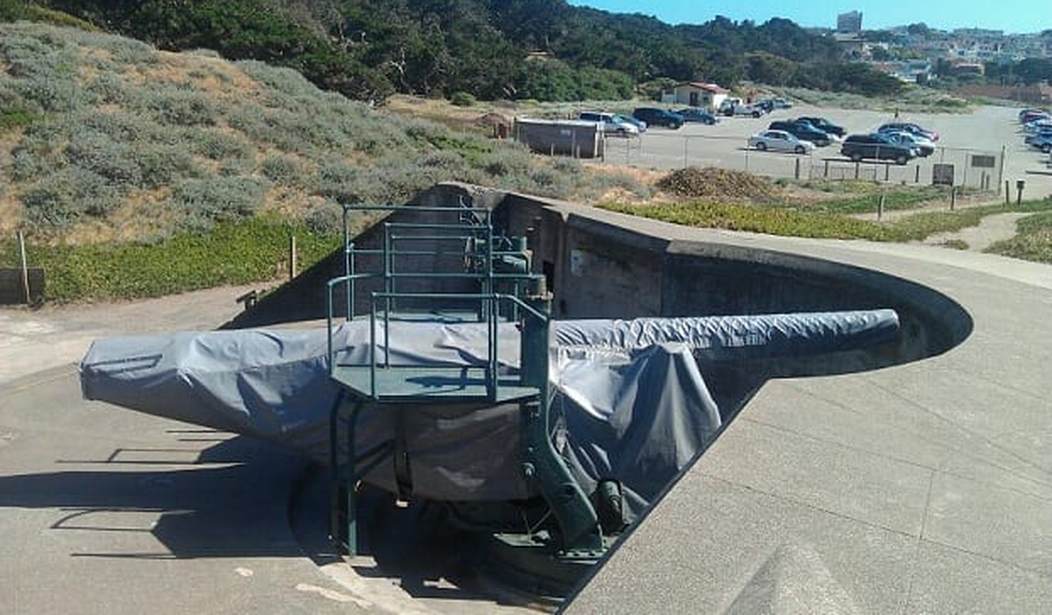 One of the important things to understand about US military strength is that the size of the armed forces is one of the most intensively studied subjects in the US government. The Navy has the easiest time in these exercises — how many carriers to you need on station, modify the number to reflect refits and in transits, add the number of supporting ships the carriers need — the Army has the hardest.
One of the important things to understand about US military strength is that the size of the armed forces is one of the most intensively studied subjects in the US government. The Navy has the easiest time in these exercises — how many carriers to you need on station, modify the number to reflect refits and in transits, add the number of supporting ships the carriers need — the Army has the hardest.
For decades the strength of the Army was based on the size of force deemed necessary to stop the Red Army on the inter-German frontier. The magic mantra was “ten divisions in ten days.” This number was derived by wargaming attrition of Soviet forces passing from the Western military districts of the Soviet Union through Poland and into East Germany. In short, the size of the Army was dependent upon the capacity of Polish rail yards and the number of rail cars that could use Polish rails at roughly the same time. The decision to store sufficient equipment for 4 2/3 armored/mechanized infantry divisions in warehouses in the Benelux and Germany ensured the combat strength could be reached.
All of that went out the window when the USSR went belly up. In the words of a very senior planner in the Bush41 administration, there was no logical floor to the size of the Army without a Soviet threat. He proved prophetic as no political consensus could be reached on potential ground combat scenarios and absent that consensus the Army’s budget, especially its manpower budget which gets you real money in the current budget year, was up for grabs. To say the Army is panicked in the aftermath of Iraq and Afghanistan is an understatement:
There is nothing new in this phenomenon. After every major conflict over the past 70 years, the nation’s leaders have decided that they see no future for conflicts and challenges involving a major land component. Over and over again, they have been proven wrong. As a consequence, time after time the Department of Defense has been required to undergo the costly and lengthy consuming process of rebuilding the land forces that were allowed to deteriorate. Too often, the Army has been required to throw inadequately trained and prepared ground forces in insufficient numbers into these foreign conflicts in order to stave off defeat and buy the time necessary to build and deploy a capable Joint Force.
Enter Secretary of Defense Chuck Hagel from Bizarro-world:
After two days of Army top leadership extolling the virtues of putting U.S. boots on the ground across Asia-Pacific to train and advise allies, both old and new, Defense Secretary Chuck Hagel on Wednesday suggested a new Army mission at the annual AUSA convention: a coastal defense force.
In a speech to a military and industry audience that mostly shied away from program specifics, the secretary suggested the Army should try and “broaden its role by leveraging its current suite of long-range precision-guided missiles, rockets, artillery and air defense systems.”
One is in a quandary to understand how this would work. Fixed coastal and air defense systems haven’t been a lot of use since Fort McHenry held off the British. Long range missiles, etc., have a range, maximum, of maybe 30 miles– or just to the horizon. What threat would this coastal defense force be responding to? Notice he says coastal, not border, defense because if Posse Comitatus was repealed deploying chunks of the Army on our southern border would at least make a little sense.
The article doesn’t record what the audience thought of this, but odds are it wasn’t much.
The Army is in crisis. For an Army that has spent a decade at war– and acquitted itself damned well under arduous circumstances — it shows alarming signs of the cultural rot you’d expect in a garrison army with no combat it its past. Part of the rot, of course, came in with the Obama administration and its determination to use the military as a laboratory of social engineering. But armies, especially ones that can actually hold their place in line of battle, take a long time to build. It takes a decade to develop a mid-grade non-commissioned officer. It takes a decade to develop officers who can function on low level staff, and more to develop commanders of battalions and brigades. Technical expertise in combat operations, real or simulated, can’t simply be purchased on the job market. The uniformed leaders of the services can only do so much. The real challenge of shaping and resourcing the services falls on the civilian leadership. This is not happening under Chuck Hagel. I mean, no one ever mistook Hagel for intelligent but no one had expected this stupidity, either.













Join the conversation as a VIP Member